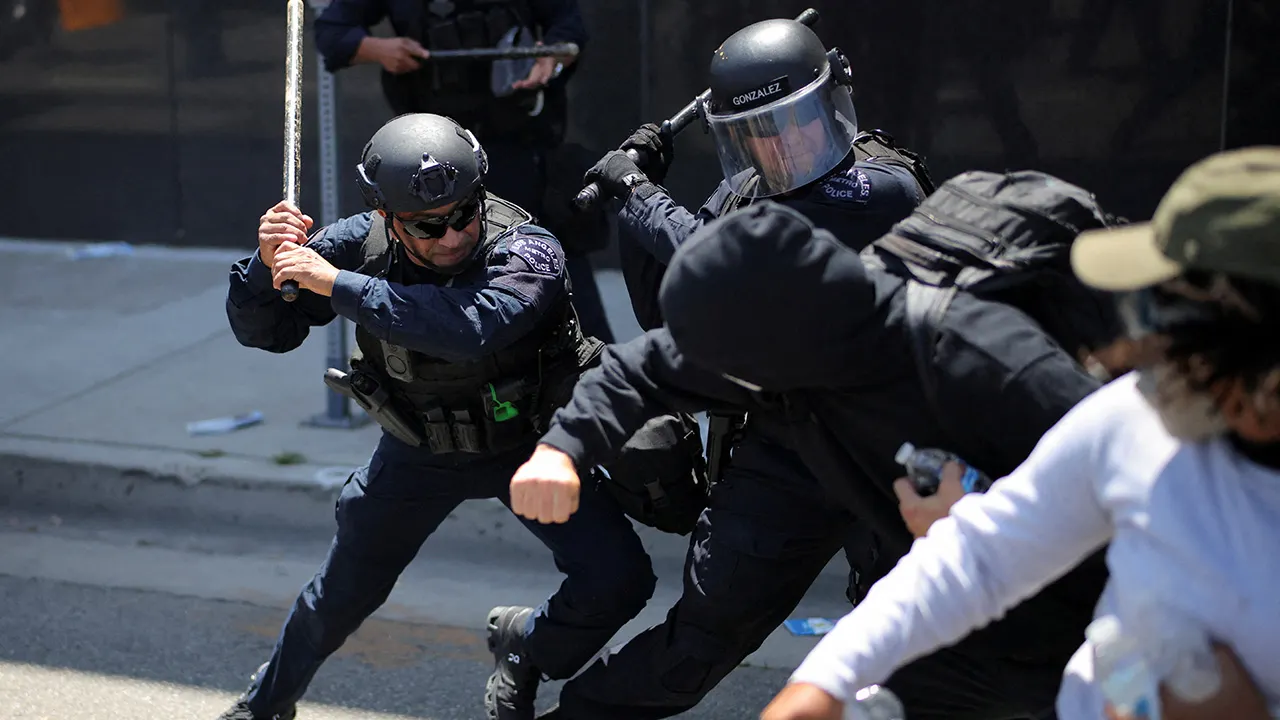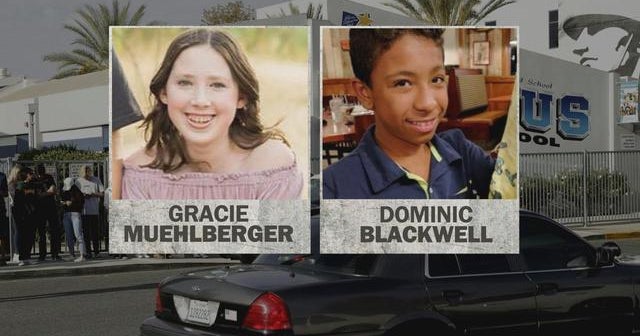Tragedy on the Roads: Eight Lives Lost in Devastating Kansas Highway Crash
A horrific multi-vehicle collision on Interstate 70 in eastern Kansas claimed eight lives Tuesday morning, marking one of the deadliest highway accidents in state history. The pileup occurred near mile marker 205 in Geary County during heavy fog conditions, involving three semi-trucks and four passenger vehicles. Emergency responders described a scene of “unimaginable devastation” as they worked to extract victims from the twisted wreckage.
Chaos in the Early Morning Fog
The Kansas Highway Patrol reported receiving the first 911 calls at 6:17 a.m. CDT as visibility dropped suddenly due to dense fog banks rolling across the Flint Hills region. Preliminary investigations suggest a chain-reaction collision began when a tractor-trailer failed to slow for stopped traffic near a construction zone. Within seconds, seven vehicles became entangled in a catastrophic crush of metal and debris.
“It was like dominoes falling,” said eyewitness Marcia Hendricks, who narrowly avoided the collision. “One moment the highway was clear, the next there were brake lights everywhere, and then this terrible sound of impact after impact.”
Emergency Response and Victim Identification
First responders from five jurisdictions converged on the scene, but the scale of destruction presented unprecedented challenges. Geary County EMS Director Laura Simmons noted, “We had to prioritize extraction efforts based on the faintest signs of life. The force of these impacts… it’s remarkable anyone survived at all.”
Authorities have tentatively identified victims ranging in age from 22 to 68, including:
- Two long-haul truck drivers from Missouri and Nebraska
- A family of four returning from a Colorado vacation
- Two local commuters from Junction City
Next-of-kin notifications continue as forensic teams work to confirm identities through dental records and DNA analysis.
Investigating the Causes Behind the Kansas Highway Tragedy
The National Transportation Safety Board (NTSB) has dispatched a 14-member go-team to determine the crash’s root causes. Early data points to multiple contributing factors:
- Weather conditions: Visibility dropped to under 100 feet moments before the collision
- Road construction: Lane closures reduced traffic flow without adequate warning signage
- Speed differentials: Truck GPS data shows varying rates of deceleration
Dr. Alicia Torrens, a transportation safety researcher at the University of Kansas, emphasized, “This wasn’t a single-point failure but a perfect storm of hazardous elements. When fog compounds with construction zones and heavy truck traffic, the margin for error evaporates.”
Kansas Highway Safety Under Scrutiny
The tragedy has reignited debates about road safety measures along I-70, which carries 18,000 vehicles daily through the region. State records reveal:
- Fatal crashes increased 27% along this corridor since 2019
- Only 40% of Kansas highway construction zones employ dynamic speed monitoring
- Truck-involved fatalities rose 33% statewide last year
Kansas Department of Transportation spokesperson Greg Whitmore acknowledged, “We’ve been playing catch-up with infrastructure upgrades. This crash underscores the human cost of delayed safety improvements.”
Community Impact and Grief Counseling Efforts
As investigators comb through wreckage, the ripple effects reach throughout eastern Kansas communities. Junction City High School canceled classes Wednesday after three students lost relatives in the crash. Local churches have opened their doors for vigils, while mental health professionals established crisis centers at:
- Geary Community Hospital
- Fort Riley Family Support Center
- Junction City Public Library
“The scale of loss is incomprehensible,” remarked Pastor Elijah Johnson of First Methodist Church. “We’re holding funerals for people who left home expecting ordinary days. That reality is shattering families.”
Technological Solutions and Policy Changes
Transportation experts argue this tragedy should spur immediate safety reforms. Proposed measures include:
- Mandatory fog detection systems in construction zones
- Increased use of variable speed limit technology
- Enhanced trucker training for low-visibility conditions
State Senator Rebecca Cho (D-Topeka) announced plans to fast-track legislation requiring collision-avoidance systems in all Kansas-registered commercial vehicles. “If technology exists to prevent these nightmares, we have a moral obligation to deploy it,” Cho stated during a press conference.
Looking Ahead: Safety, Healing, and Prevention
As the community mourns, the NTSB expects its investigation to take 12-18 months. However, interim safety recommendations could emerge within weeks. For now, highway safety advocates urge travelers to:
- Check real-time weather alerts before driving
- Increase following distance in construction zones
- Report hazardous conditions to 511 immediately
The Kansas Highway Patrol has established a tip line (785-555-0202) for witnesses to share information. Meanwhile, memorial funds for victims’ families are being coordinated through United Way of the Flint Hills. As the region grapples with this tragedy, the wreckage serves as a grim reminder of highway travel’s fragility—and the urgent need for systemic safety reforms.
Readers wanting to support affected families can contribute to the Geary County Disaster Relief Fund through secure donations at www.flinthillsunitedway.org/crashrelief.
See more CNN Headline



